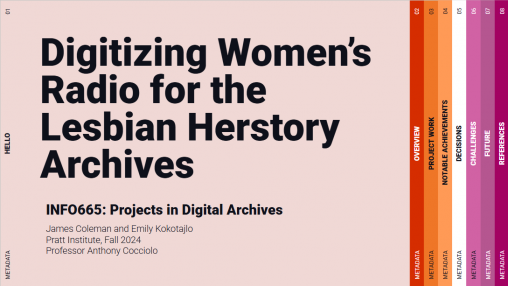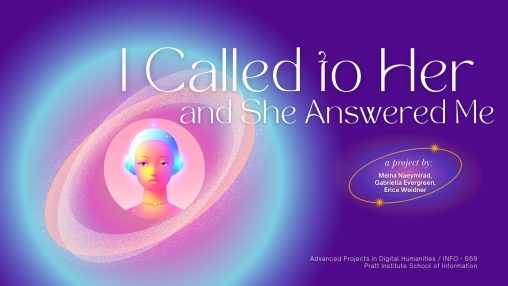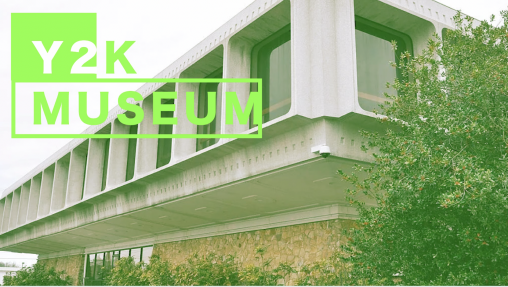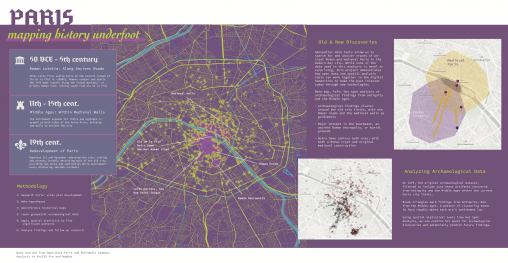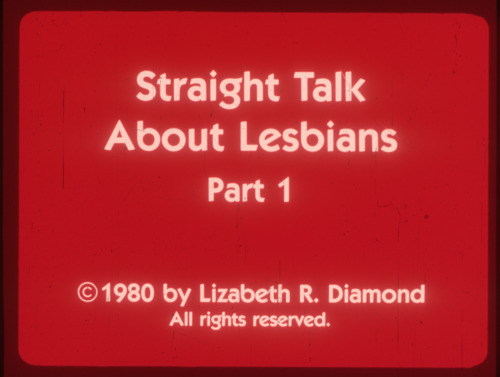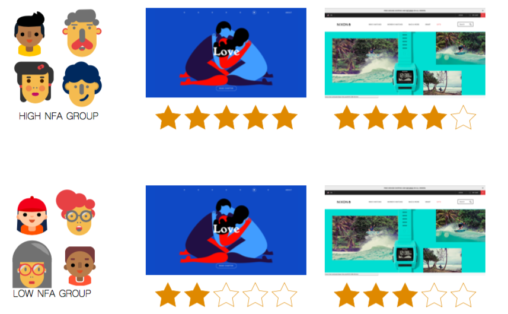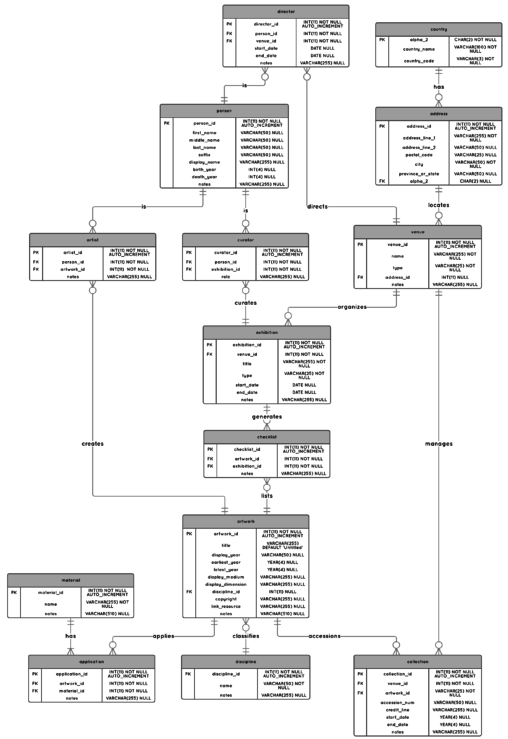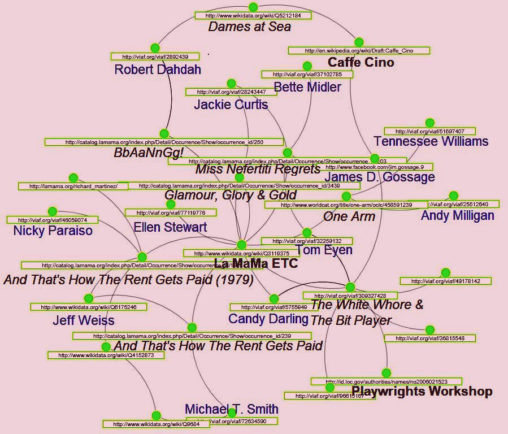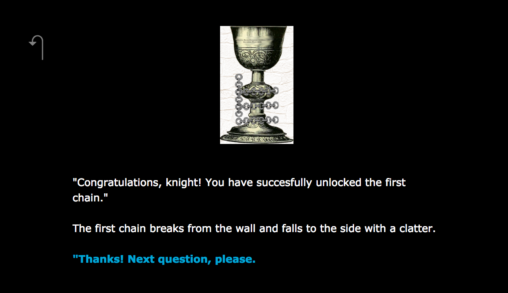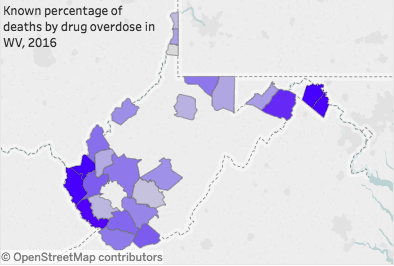Tag: technologyPage 1 of 4
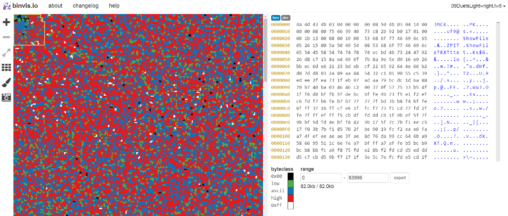
As the Pratt Digital Preservation & Archives Fellow at NYPL, I’ve been working with the Library’s Digital Archivist to address issues surrounding software preservation. This presentation will discuss such digital preservation tools as Wikidata, PRONOM, and Archivematica—and how they’ve been implemented toward the long-term preservation of a proprietary software and its associated file formats.
These projects are examples of librarians working to support their communities in ways that respond directly to the community needs.
Mock grant proposal to support the improvement of the British Museum’s existing provenance linked data for its collection of 100,000+ Egyptian-made cultural artifacts. The expansion of the British Museum’s provenance linked data will allow the museum’s collection to be more fully represented in linked data visualizations, while making visualizations of the artifacts themselves more comprehensive, improving scholars’ capacity to research the histories of these artifacts and those of the cultures that produced them.
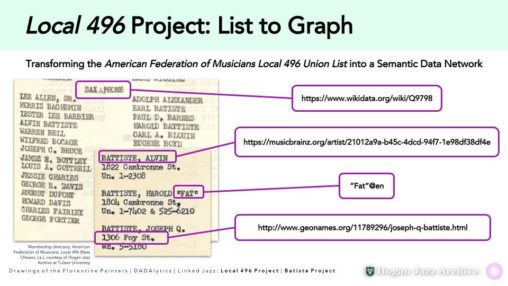
The Local 496 Project transforms the American Federation of Music’s Local 496 union list into a semantic data network. This document is a 1940’s directory of the segregated African-American chapter of New Orleans jazz musicians. This project will highlight the Batiste family network, many of whom are listed in the directory.
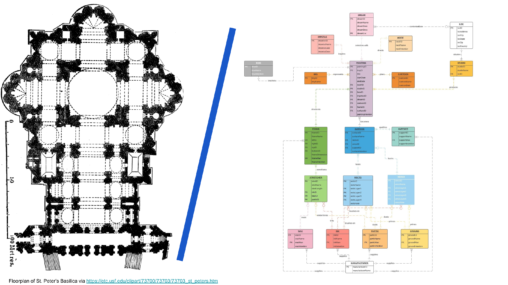
The Database Development and Design course culminated in the design and implementation of a relational database of my own invention. Branching off my interest in the intersection of studio practice and information science, I realized a relational database that would serve the painting practice of my art studio. The project was approached in three phases including modeling, implementation, and querying.
The focus of this project is to visually represent the virtual path information on the internet must follow in order to complete a request. This way, every stop that information takes to get to and back from its destination is clear to the viewer. In clearly representing this, it will allow for people to understand the way that information travels in that process.
Information gathered from Lincoln Center’s Facebook Insights was used to identify their most successful posts. A strategy was then established to further boost popular content and promote visitor engagement.

